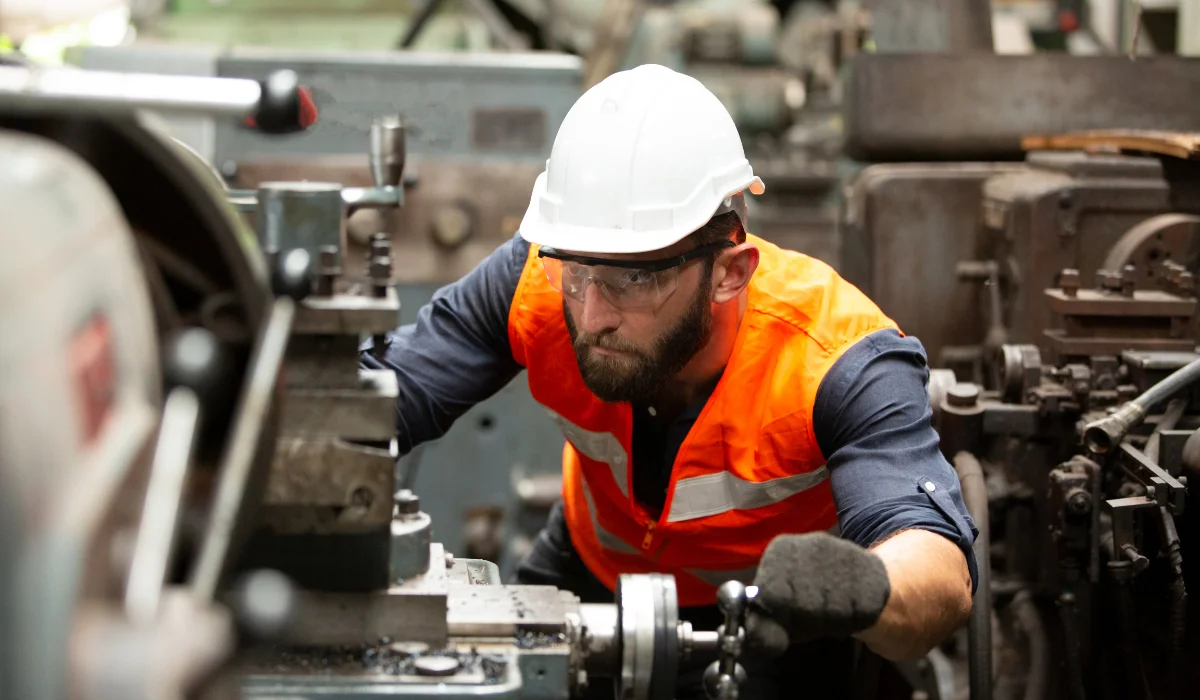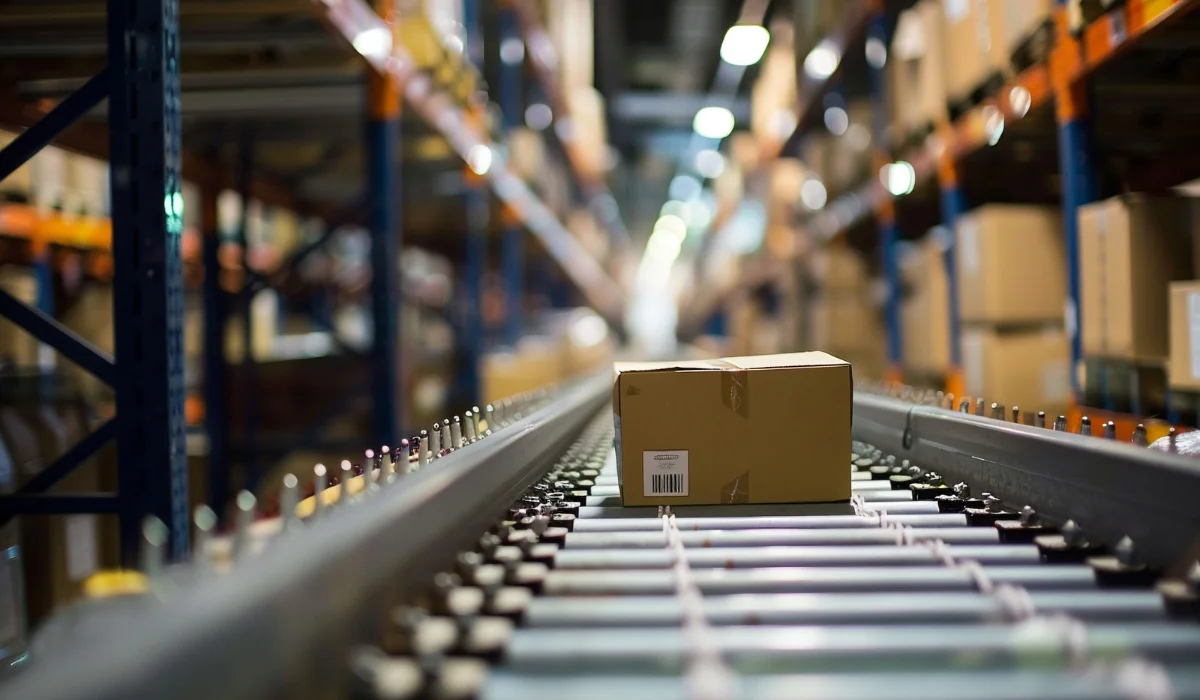Inside a modern automotive plant, every second counts, and every wasted movement, misaligned part, or delayed material flow has a cost. Not just a financial cost, but a ripple effect: production bottlenecks, missed delivery targets, excess inventory, and unhappy customers.
The pursuit of cost reduction in manufacturing isn’t a budgeting exercise; it’s a battle against friction. It’s about reengineering the invisible inefficiencies that hide in plain sight across processes, machines, and designs.
In this blog, we won’t talk about vague strategies or nonspecific suggestions. We’ll unpack seven proven, deeply practical practices that automotive manufacturers are currently using to reduce production costs without compromising quality, throughput, or safety.
Manufacturing cost estimation software for the automotive industry offers more than just quotes or spreadsheets. When used strategically, it becomes a tool for identifying inefficiencies, evaluating trade-offs, and guiding smarter decisions at every stage of production. This post explains how manufacturers can utilize cost estimation software to reduce costs in their operations actively.
Cost Reduction Practices That Work for Real
1. Lean Manufacturing: Cut the Waste, Not the Process

Too often, production lines grow bloated over time. Redundant steps, excess inventory, and manual workarounds creep into the workflow until the process is heavier than it needs to be. Lean manufacturing provides a framework to eliminate that waste systematically.
What It Looks Like in Practice:
- Value Stream Mapping (VSM): It involves visually charting each step in the production process, from sourcing raw materials to delivering the completed vehicle, to identify delays, redundancies, or non-value-adding actions.
- 5S Implementation: A disorganized production line leads to lost time and mistakes. Using the 5S method (Sort, Set in Order, Shine, Standardize, Sustain) reduces motion waste and improves visual control.
- Just-in-Time (JIT): Instead of stockpiling parts, synchronize material flow with production demand. With Just-in-Time (JIT) production, you only bring in parts as needed. That means less money spent on storage and fewer chances of parts sitting around and going to waste.
- Kaizen Events: These are focused, team-based improvement projects designed to eliminate specific inefficiencies. A single 3-day Kaizen on a poorly performing workstation can yield double-digit gains in productivity.
- How It Saves You Money: Lean doesn’t just reduce labor or material waste; it reduces complexity. And complexity is expensive.
2. Smart Automation: Use Machines Where Humans Shouldn’t Be

In automotive manufacturing, labor is both your greatest asset and your biggest cost. Smart automation means deploying technology strategically, not universally, automating high-risk, repetitive, or precision-dependent tasks, while leaving judgment-based work to people.
Where Automation Makes the Most Sense:
- Welding Robots: Especially in body-in-white operations, robotic welding ensures speed and precision at tolerances no human can maintain consistently.
- Automated Material Handling: AGVs (Automated Guided Vehicles) or AMRs (Autonomous Mobile Robots) replace forklifts for in-plant transport, reducing traffic and injury risk.
- Automated Inspection Systems: Vision-based AI systems detect surface defects, dimensional inaccuracies, and misalignments faster and more reliably than human inspectors.
Caution: Not every automation project yields ROI. The smart approach is to assess the return on investment, prioritize automation in high-impact bottleneck areas, and steer clear of automating tasks that don’t significantly improve output or efficiency.
3. Supply Chain Optimization: Fix the Flow Upstream

Every cost on your production floor, from part shortages to urgent shipping fees, can often be traced to poor supply chain planning. Cost-saving isn’t just about negotiating lower prices. It’s about reducing friction in procurement, logistics, and inventory.
Tactics That Work:
- Consolidate Suppliers: Fewer, more capable vendors mean stronger partnerships and better pricing leverage.
- Nearshoring: Bringing suppliers closer to your plants reduces transportation costs and improves responsiveness to changes in demand.
- Strategic Sourcing: Move away from lowest-bidder sourcing. Choose suppliers based on TCO, including quality, reliability, lead time, and service.
- Real-Time Inventory Tracking: Use connected systems (e.g., ERP + WMS integration) to monitor inventory by the minute. Avoid over-ordering and understocking.
Also Read:Why Predictive Analytics is Best for Cost Cutting in Manufacturing
4. Design for Manufacturability (DFM): Start Saving at the Drawing Board
Most of your production costs are determined before you even build the first part, during the design phase. Get the design right, and you avoid a lot of expensive problems later on. By the time your parts reach the line, it’s too late to fix a bad design, and it’s expensive if you try.
Design for Manufacturability (DFM) focuses on engineering products that can be built efficiently, with minimal complexity, lower costs, and fewer production delays.
DFM in Action:
- Fewer Fasteners: Switching from multiple screws to snap-fit assemblies can reduce assembly time by 30% or more.
- Standardization: Using common components across models simplifies procurement and allows bulk pricing.
- Modular Design: Break complex systems into reusable modules, making it easier to build, test, and replace.
- Concurrent Engineering: Involve manufacturing engineers early in product development to identify cost and assembly issues before tooling starts.
5. Predictive Maintenance: Prevent Downtime Before It Costs You

Unplanned downtime is one of the most expensive line items in any factory. When one machine breaks down, it can throw off your entire schedule, causing delays, rush shipping costs, and extra hours for your team to catch up.
Instead of waiting for something to break, predictive maintenance uses real-time data to spot issues early, so you can fix them before they become big problems.
How It Works:
Industrial sensors track essential machine conditions such as temperature, vibration, and pressure, helping identify early signs of mechanical stress or failure. Analytics platforms learn the normal operating patterns and flag anomalies early. Digital Twins simulate machinery in virtual environments, helping plan for wear and optimize maintenance schedules.
6. Energy and Resource Efficiency: Attack Utility Waste

Many plants run on outdated lighting, oversized compressors, and inefficient processes simply because “it still works.” However, those inefficiencies add up quickly, especially with today’s energy prices.
Where to Focus:
- Compressed Air Systems: Leaks and overuse waste thousands per year. Install pressure monitors and fix leaks immediately.
- Ovens and Paint Lines: Optimize run times by switching to high-efficiency burners and minimizing idle heating.
- Smart HVAC and Lighting Controls: Utilize motion sensors and time-of-day programming to minimize energy consumption.
- Monitor Everything: Install energy sub-meters on high-consumption equipment to identify hidden energy drains. Track energy per unit produced, not just your monthly bill.
Also Read: The Hidden Costs in Manufacturing: How to Identify and Reduce Them
7. Don’t Just Upgrade Machines, Invest in Your People

You can automate and optimize all you want, but if your workforce isn’t skilled, motivated, and in sync with your goals, the results won’t stick. It’s not about doing more work; it’s about doing the work in a better way. Here’s how you can help your team improve how they work:
Make Instructions Clear and Consistent
When everyone follows the same process, things run smoothly. Standardizing work instructions reduces mistakes and speeds up training, especially across multiple shifts.
- Train People to Handle Multiple Roles: Cross-training gives you a more flexible workforce. If someone’s out or demand shifts, your line keeps moving without delays.
- Use Technology to Speed Up Learning: Digital tools like VR and AR are making training safer and faster. New hires can practice complex tasks in a virtual environment before they ever touch the line.
- Listen to the People Who Do the Work: Your frontline workers often notice problems that others may overlook. Create a system that allows them to share ideas and ensures those ideas are recognized and rewarded.
Conclusion
Reducing production costs in automotive manufacturing isn’t about one big fix; it’s about consistently making smart, targeted improvements across your operation. Whether it’s tightening up your workflows, investing in automation where it counts, or empowering your team to solve problems on the ground, every small change adds up.
The key is to focus on efficiency, not just expense. Start with one area, run a small pilot, track your results, and build from there. In a competitive industry where margins are tight, these continuous improvements are what separate high-performing manufacturers from those just trying to keep up.





